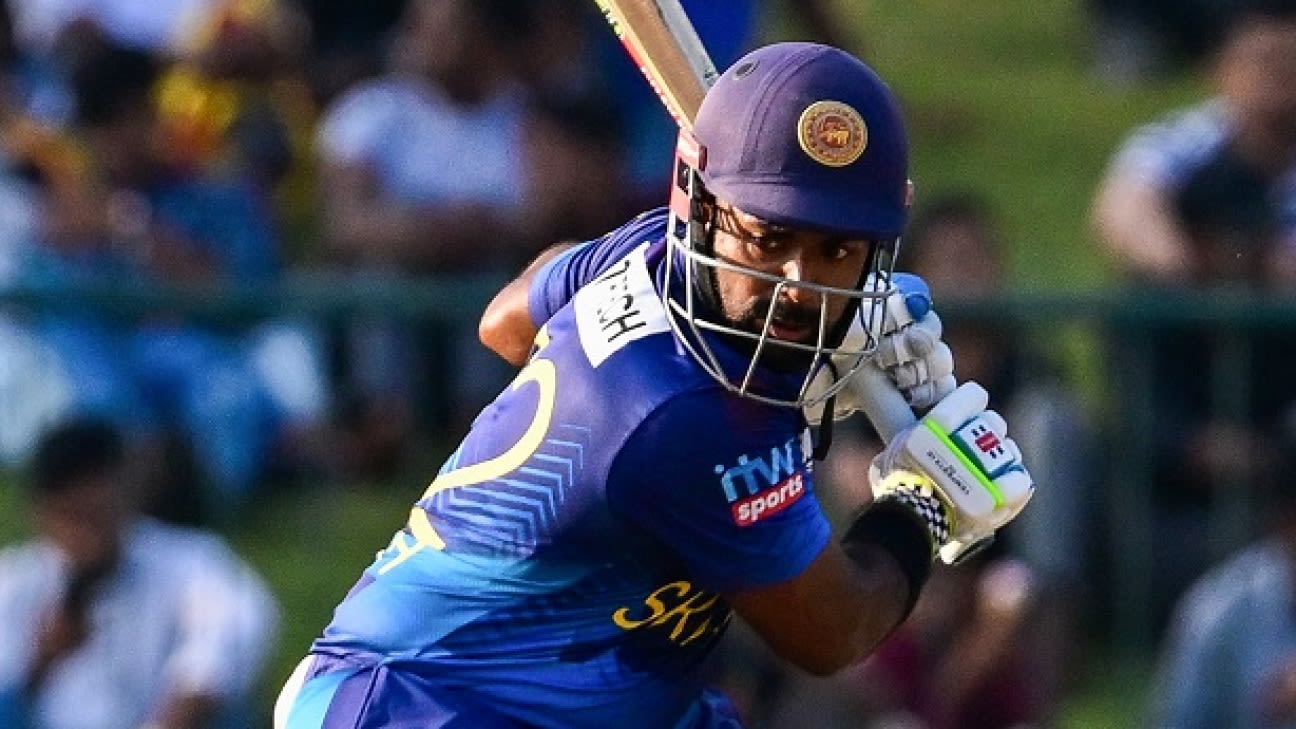Two matches down and two matches the team batting first has scored over 300. This isn’t common in Sri Lanka, and for it to happen in consecutive games is even rarer – in fact, there have been only 10 instances across 358 ODIs in Sri Lanka, prior to this series, where two consecutive games have seen a score of 300 or more.
By contrast, last year’s World Cup alone saw 13 totals of 350-plus – there were 24 such totals in every other World Cup combined. Suffice to say, this is clear indicator in which direction the game is heading, at least in terms of what batters are increasingly capable of.
And now, finally, Sri Lanka seems to be catching up – or at least that’s the hope, after the first two high-scoring surfaces offered up at Pallekele.
“We were generally used to pitches where scoring more than 300 was a challenge. But if we take the pitches we’ve played on [in] this series so far, those concerns seem to have been addressed to a large extent.”
That was down to a disciplined effort by the Sri Lankan bowlers, who stuck to their plans of keeping things tight, letting the required rate rise, and then picking up wickets when Afghanistan were forced to accelerate. And Asalanka is acutely aware that bowling more on such pitches is a boon not just for their batters, but for the bowlers as well.
“Even today, they [Afghanistan] were in a good place in terms of their batting but as they were trying to accelerate I think we bowled well to get them out. But this is how pitches need to be, because when we go to play international tournament[s] we’re generally going to get wickets where you need to score more than 300.
“So to be able to do that we need to have practised in our home conditions. If we do more of that then it’s going to be easier for us to compete in ICC tournaments. More than that I think even our bowlers are starting to learn how to bowl on good batting wickets.”
